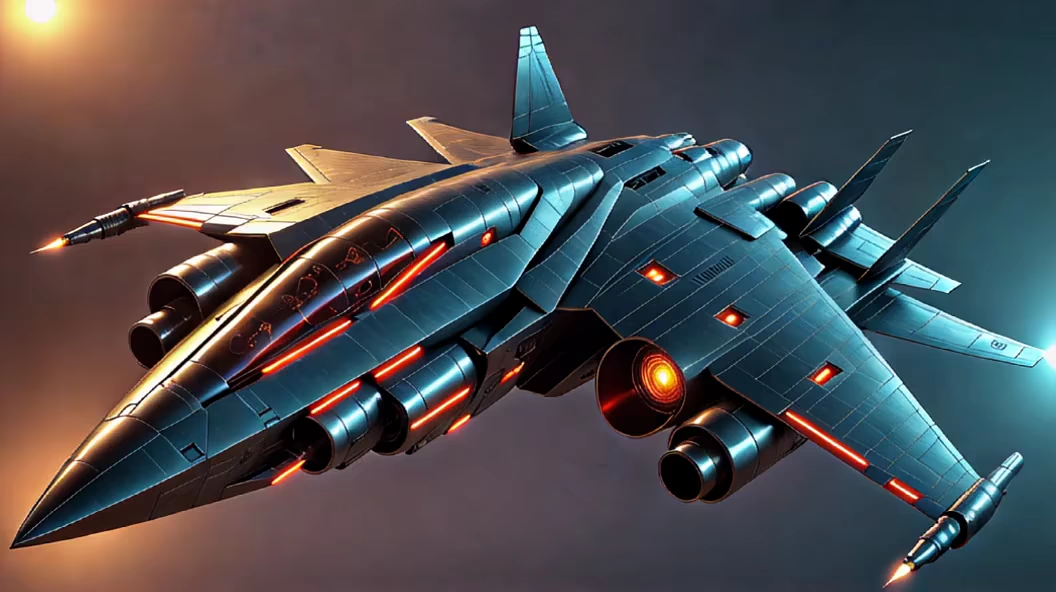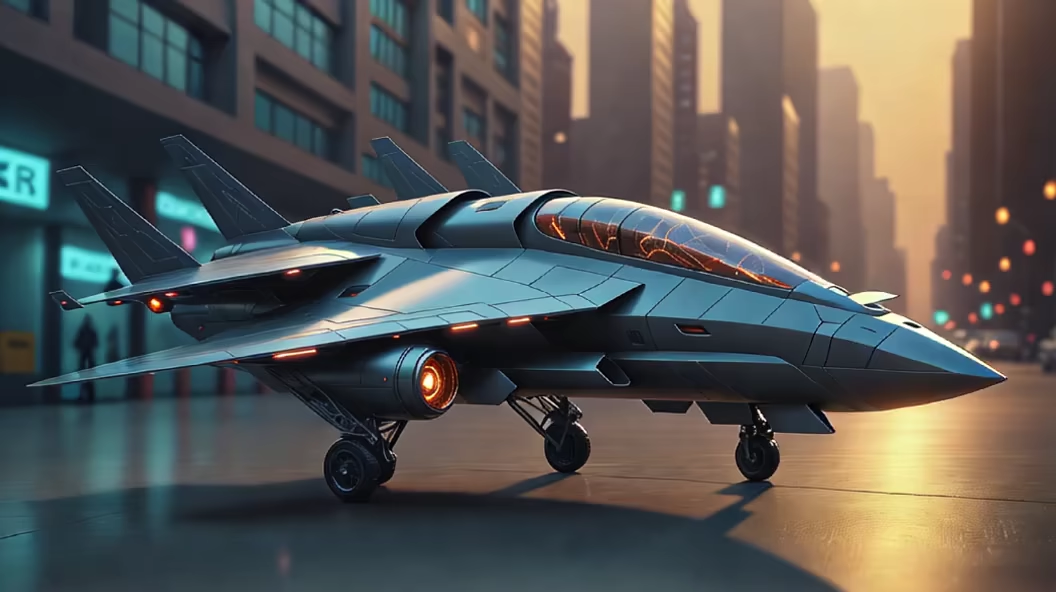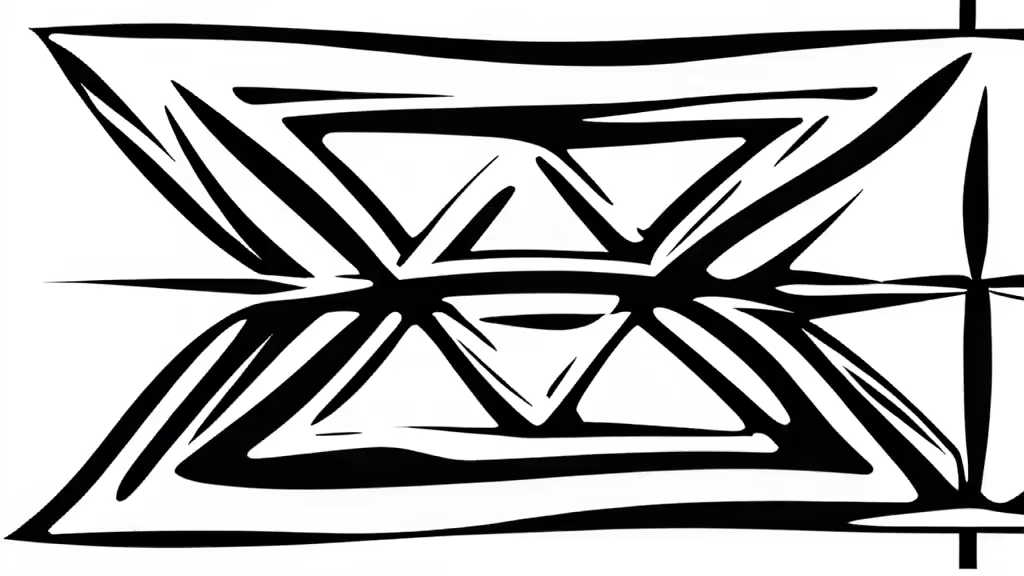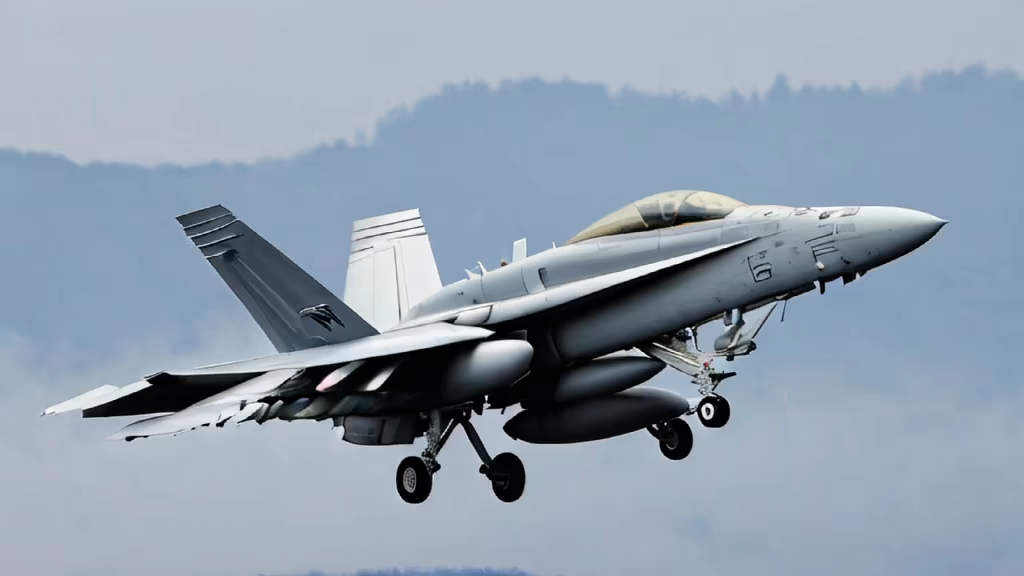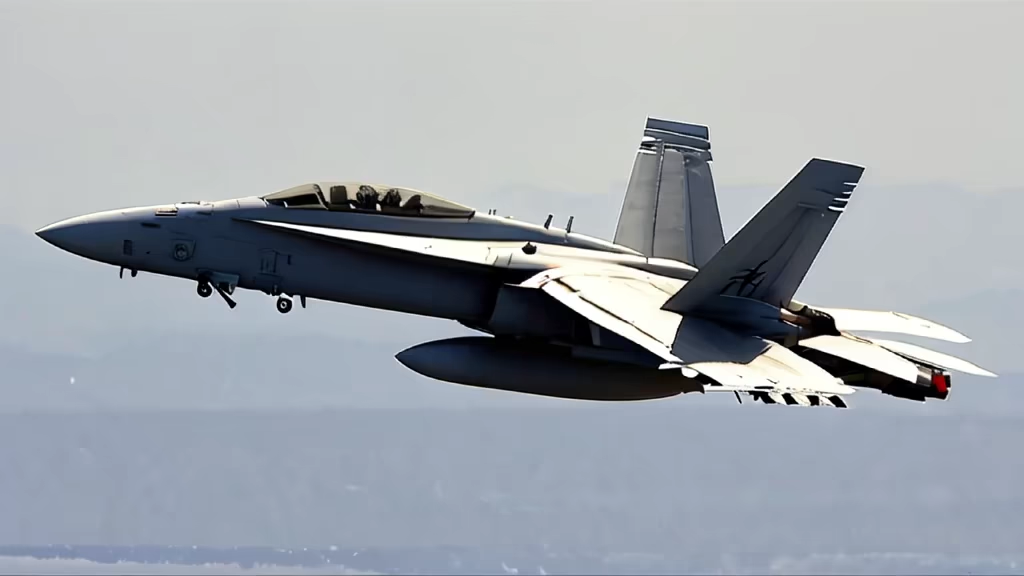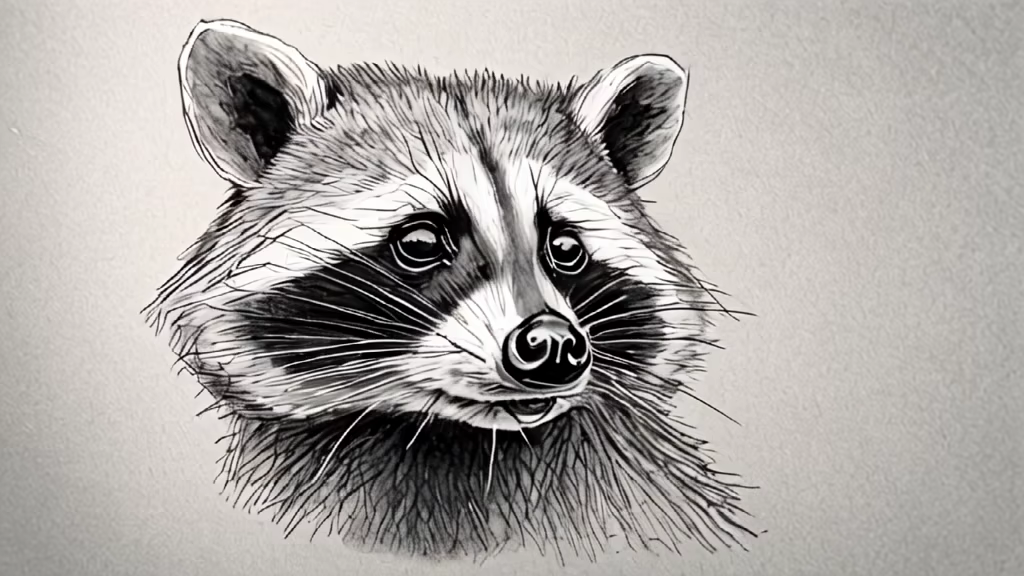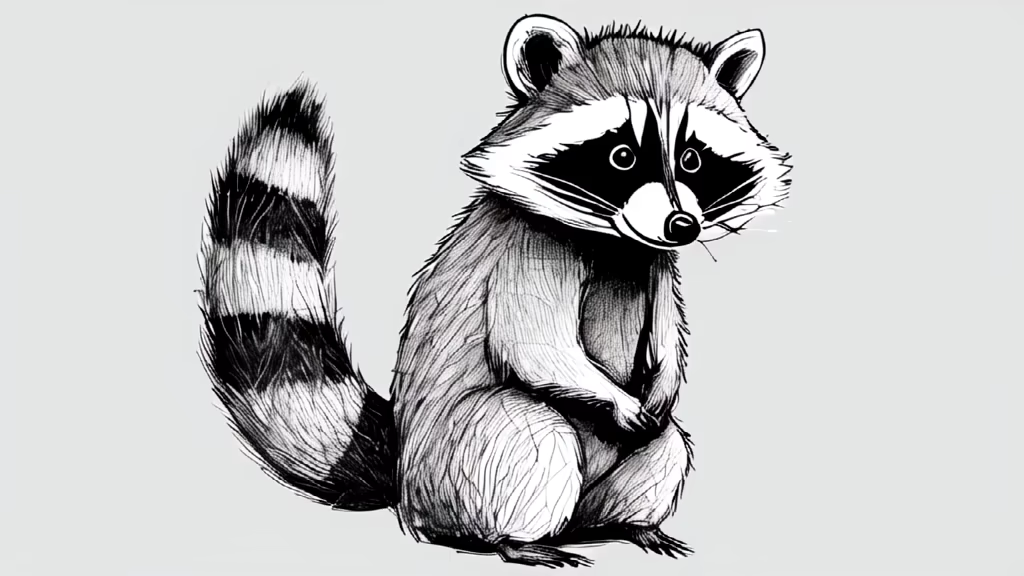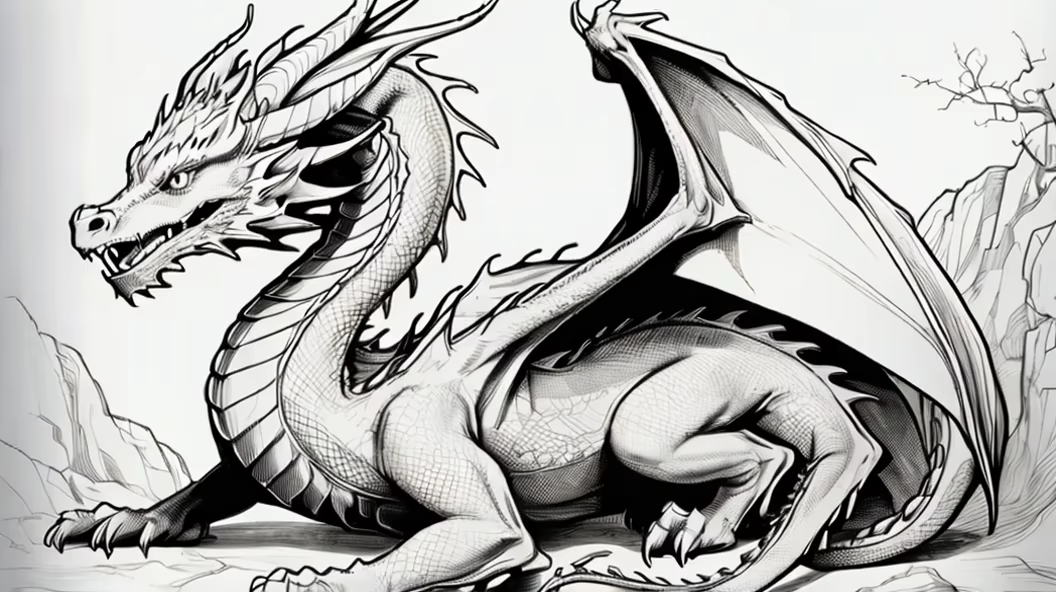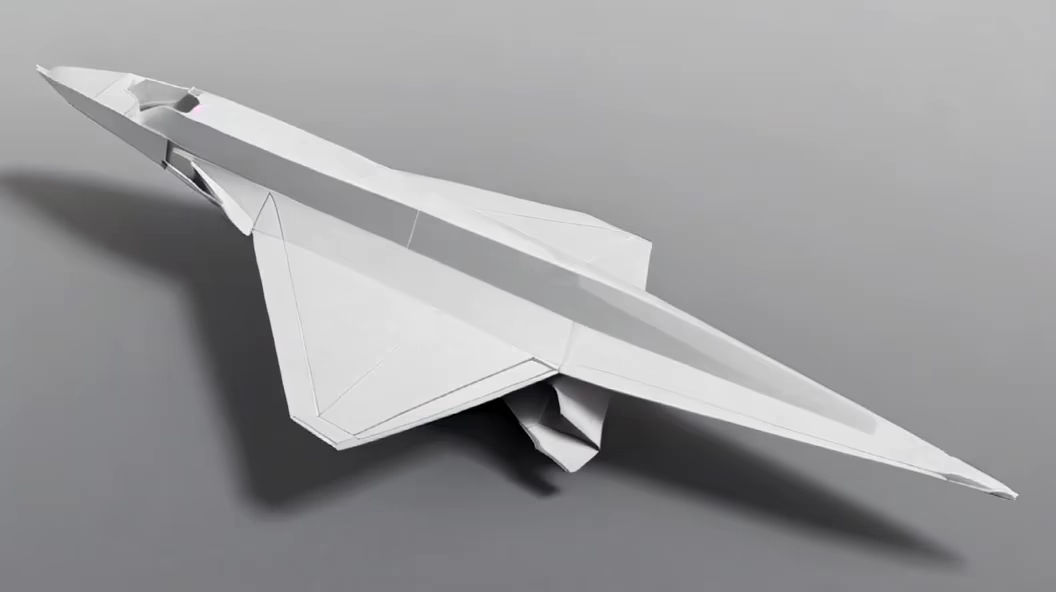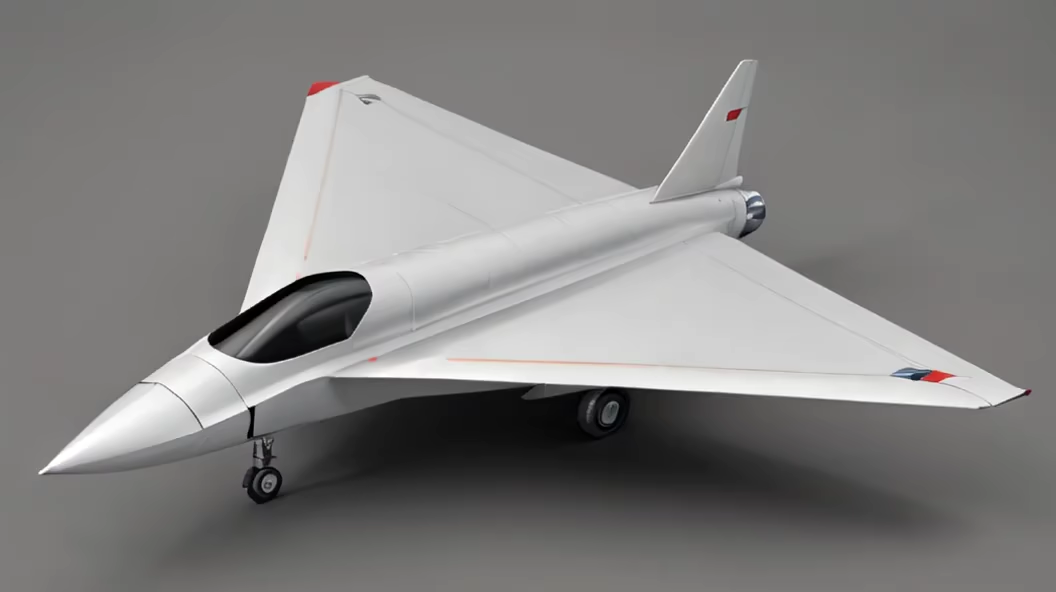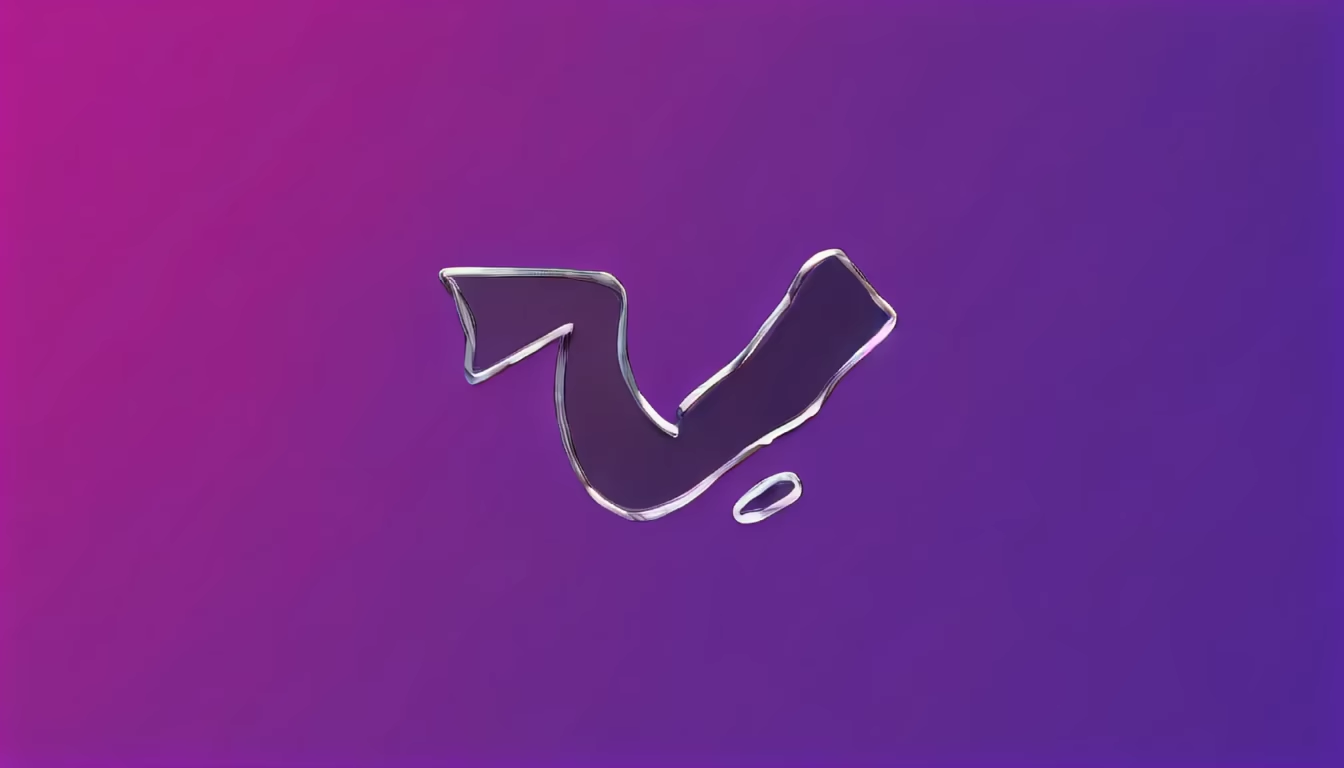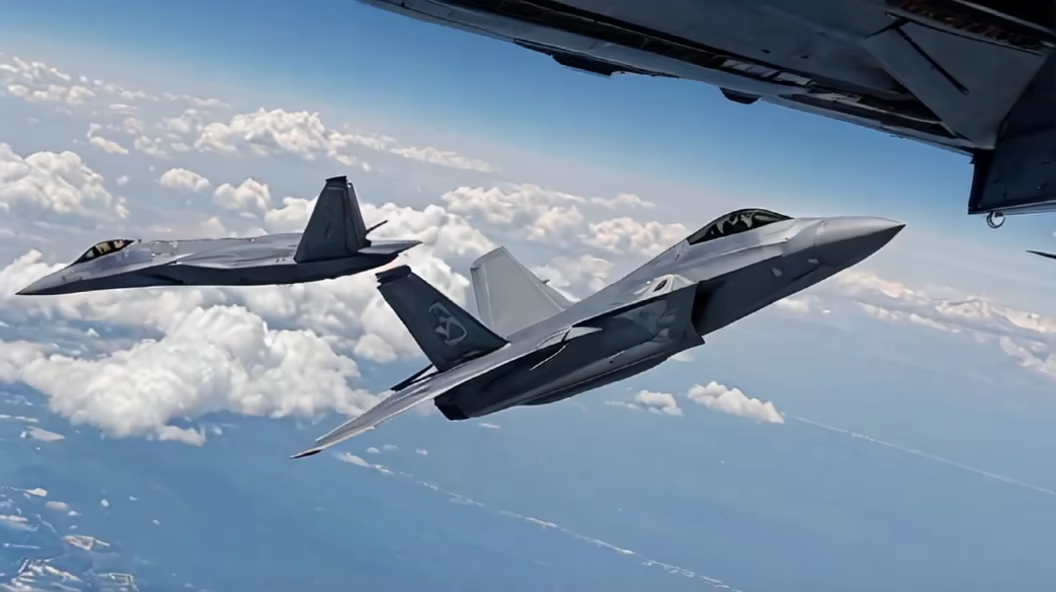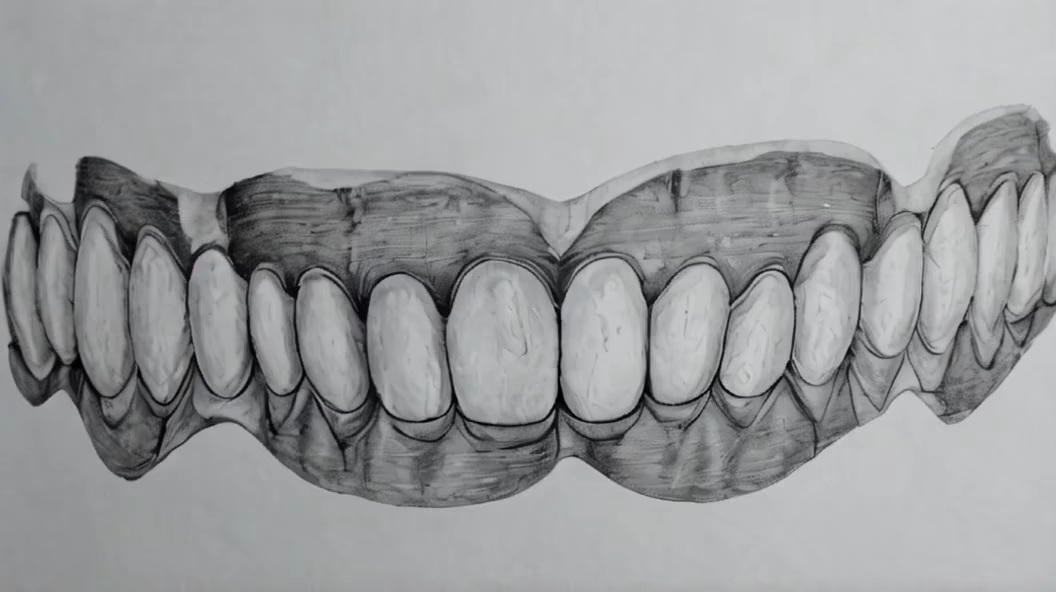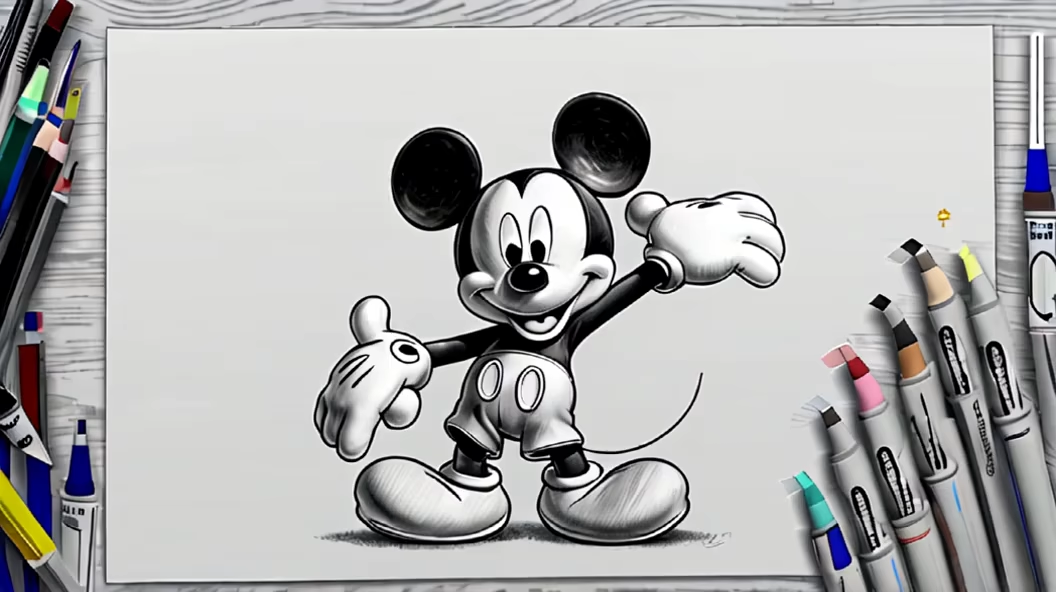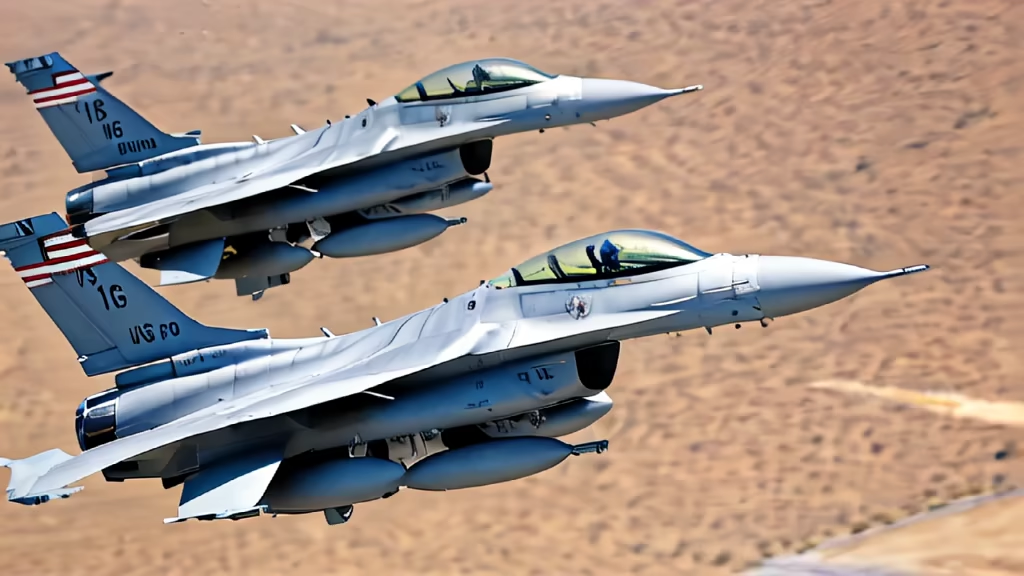



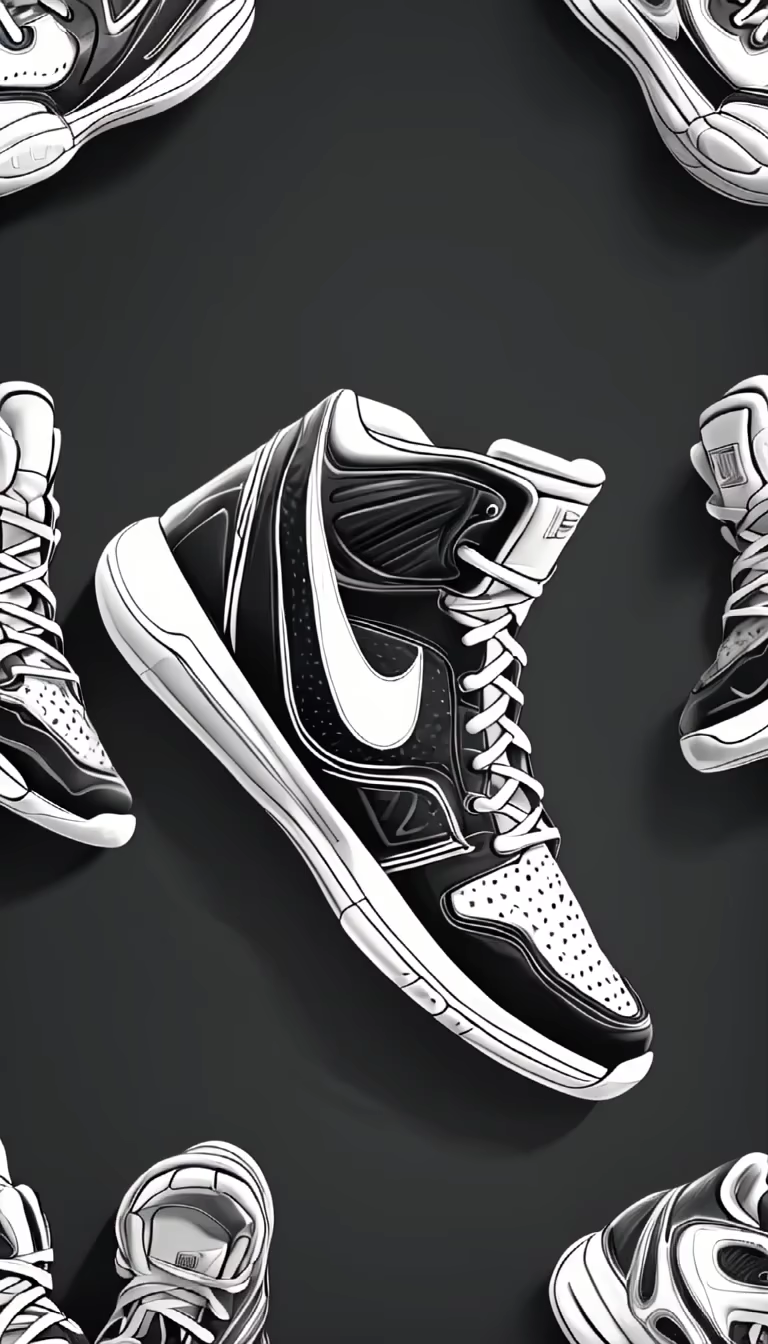
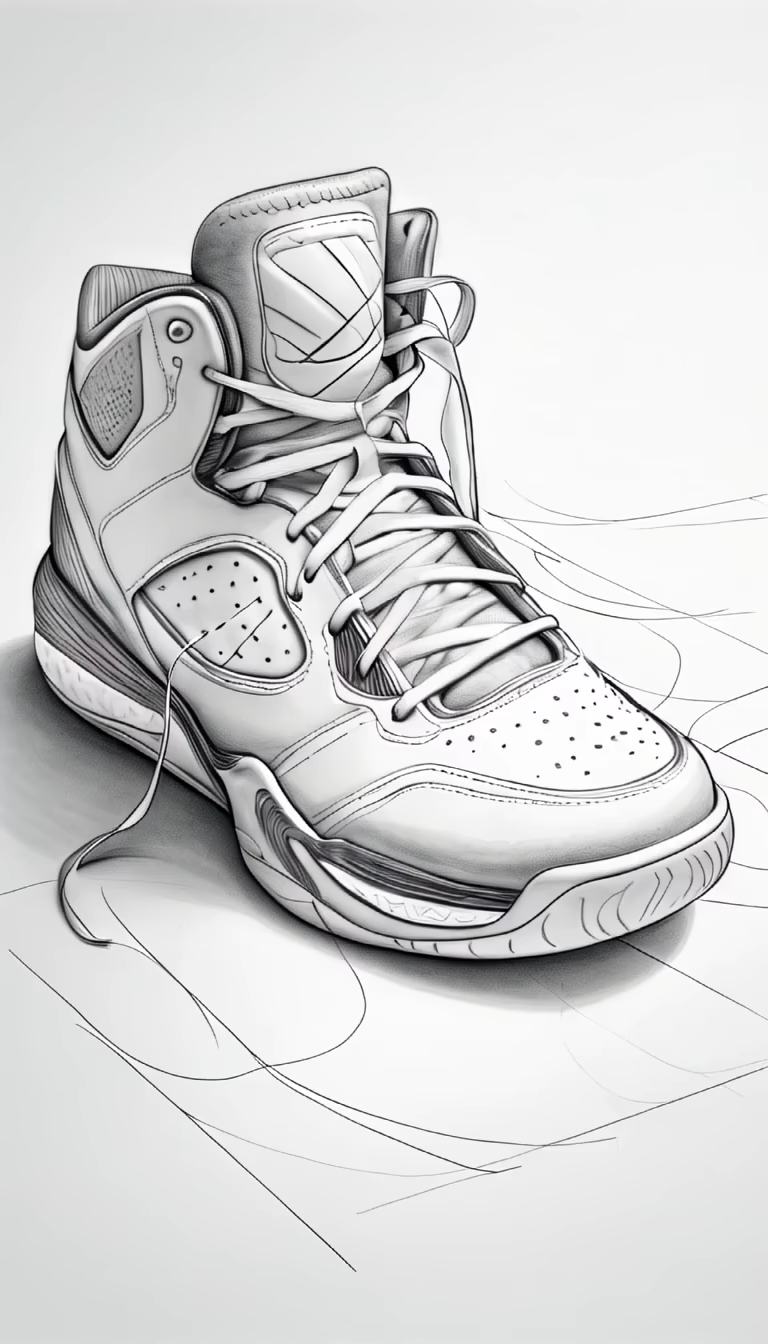

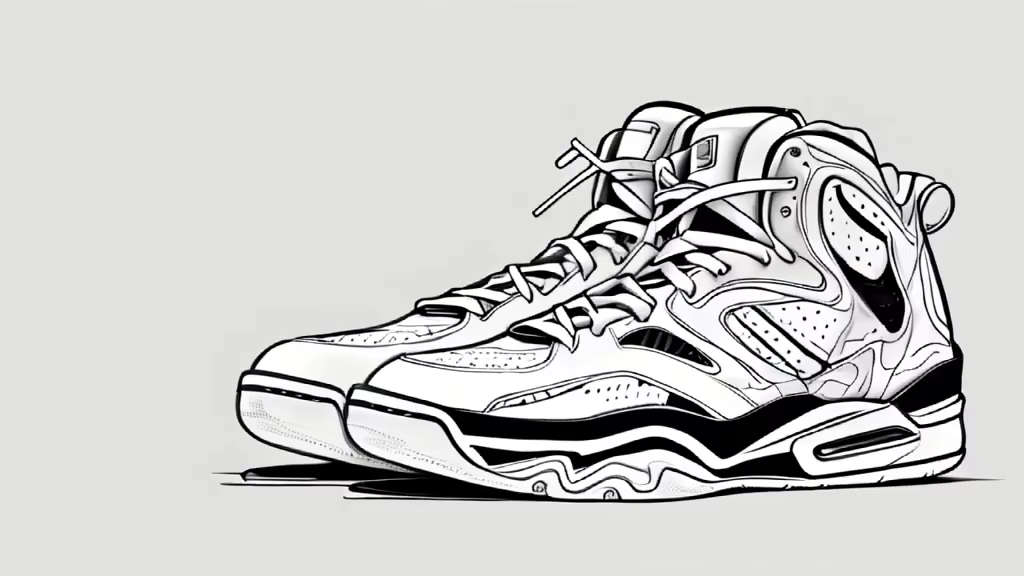




Prompt: a girl with blonde hair in a snowstorm with a snowman, sitting near snow, in the style of fairy kei, rtx on, love and romance, angura kei, gigantic scale, hikecore, handsome
Style: Analog Film


Prompt: Design and Model: The aircraft would typically be a fighter or bomber model such as the P-51 Mustang, B-17 Flying Fortress, or B-24 Liberator. Fighters were sleek, single-seat aircraft, while bombers were larger, multi-crew machines. Livery and Markings: These airplanes often had olive drab or silver aluminum fuselages. They featured specific insignias like the white star in a blue roundel, often with white bars extending from the sides. Squadron markings and individual aircraft identification numbers were also common. Armament: Fighter planes were equipped with machine guns or cannons, usually mounted on the wings. Bombers had multiple gun turrets for defense against enemy fighters, in addition to their bomb load. Propulsion: Most of these planes were propeller-driven. Fighters had single engines, while bombers had multiple engines (usually four). The propellers were typically three-bladed and made of metal. Cockpit and Canopy: The cockpits were relatively small with limited visibility. The canopy on fighters was often a teardrop shape, while bombers had larger, more complex cockpit structures. Wings and Tail: Fighters had distinct, often elliptical wing shapes for maneuverability, while bombers had larger, straighter wings for stability and payload capacity. The tail design varied, but vertical and horizontal stabilizers were prominent features. Size and Build: Fighters were compact and agile, built for speed and maneuverability. Bombers were much larger, designed for long-range missions and heavy bomb loads. Historical Significance: These aircraft played crucial roles in various theaters of the war, from the European to the Pacific fronts. They were instrumental in air superiority, ground support, and strategic bombing campaigns.
Style: Line Art







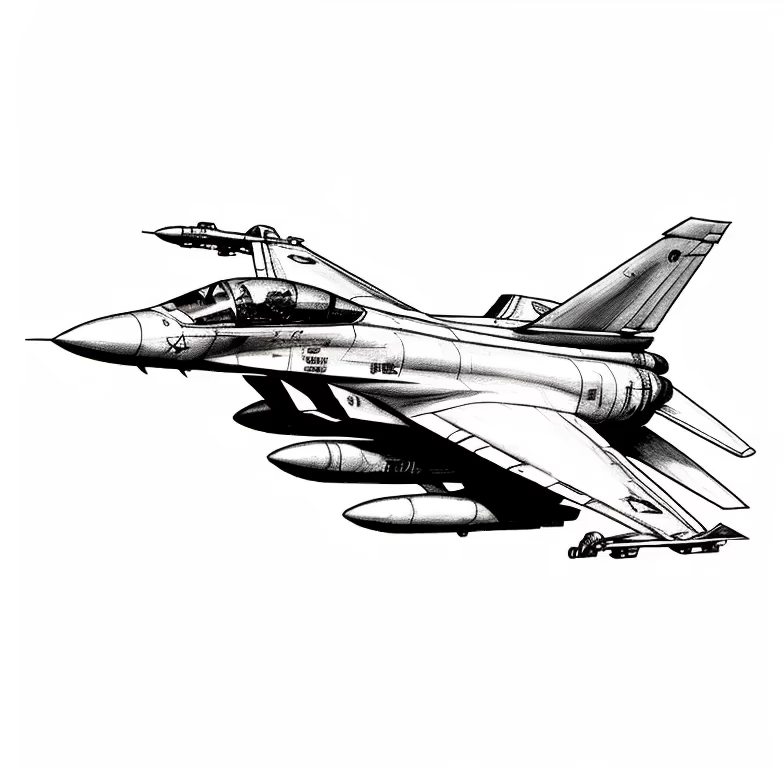






Prompt: Design and Model: The aircraft would typicallyor bomber model such as the P-51 Mustang, B-17 Flying Fortress, or B-24 Liberator. while bombers were larger, multi-crew machines. Livery and Markings: These airplanes often had olive drab or silver aluminum fuselages. They featured specific insignias like the white star in a blue roundel, often with white bars extending from the sides. Squadron markings and individual aircraft identification numbers were also common. Armament: Fighter planes were equipped with machine guns or cannons, usually mounted on the wings. Bombers had multiple gun turrets for defense against enemy fighters, in addition to their bomb load. Propulsion: Most of these planes were propeller-driven. Fighters had single engines, while bombers had multiple engines (usually four). The propellers were typically three-bladed and made of metal. Cockpit and Canopy: The cockpits were relatively small with limited visibility. The canopy on fighters was often a teardrop shape, while bombers had larger, more complex cockpit structures. Wings and Tail: Fighters had distinct, often elliptical wing shapes for maneuverability, while bombers had larger, straighter wings for stability and payload capacity. The tail design varied, but vertical and horizontal stabilizers were prominent features. Size and Build: Fighters were compact and agile, built for speed and maneuverability. Bombers were much larger, designed for long-range missions and heavy bomb loads. Historical Significance: These aircraft played crucial roles in various theaters of the war, from the European to the Pacific fronts. They were instrumental in air superiority, ground support, and strategic bombing campaigns.
Style: Line Art
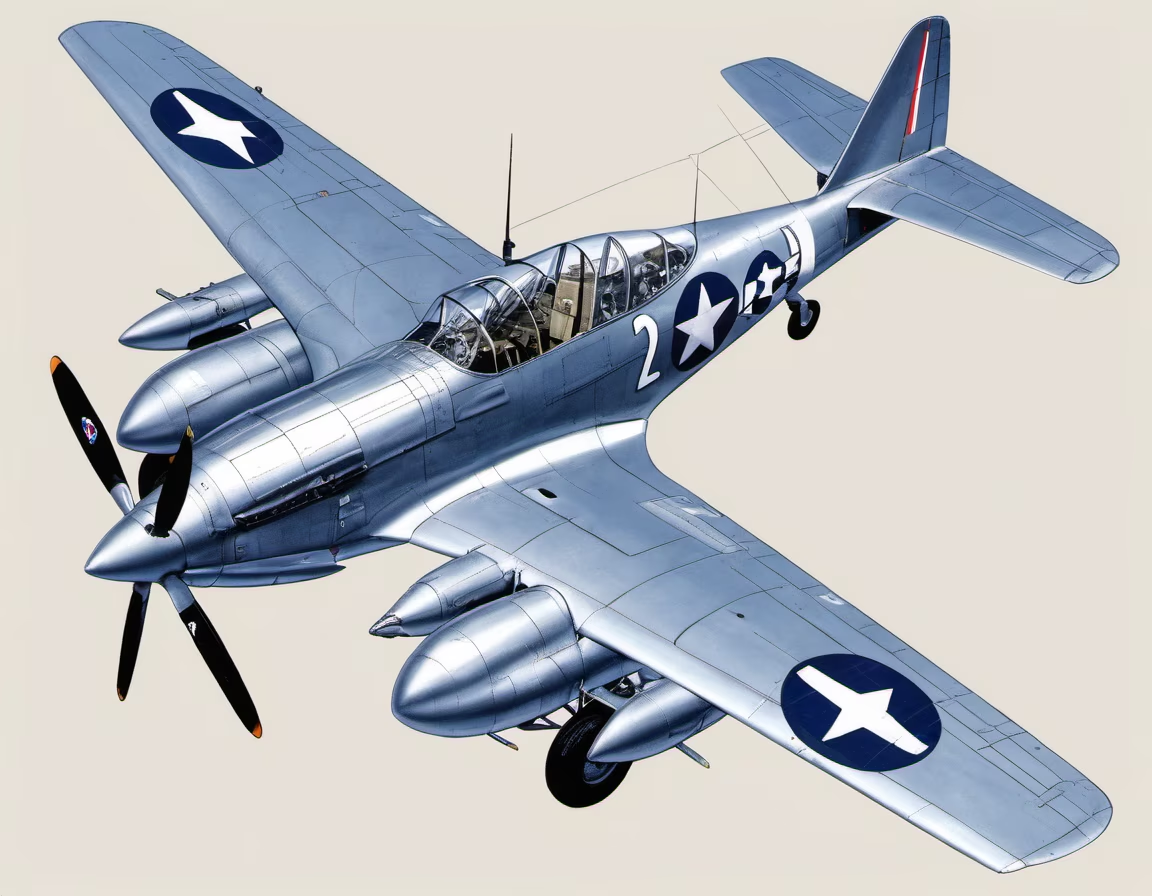







Prompt: 6th Gen Fighter Plane, High Quality, Realistic
Negative: Unrealistic, Dull, Not Interesting, Comic Book, Story Book, Airbrushed, Blurry, Cartoon, Line art, Duplication, Morbid


Prompt: Sixth Gen Fighter Jet, Angled Shape, High Quality, Realistic
Negative: Unrealistic, Dull, Not Interesting, Comic Book, Story Book, Airbrushed, Blurry, Cartoon, Line art, Duplication, Morbid, disfigured, deformed, body out of frame, bad anatomy, gritty


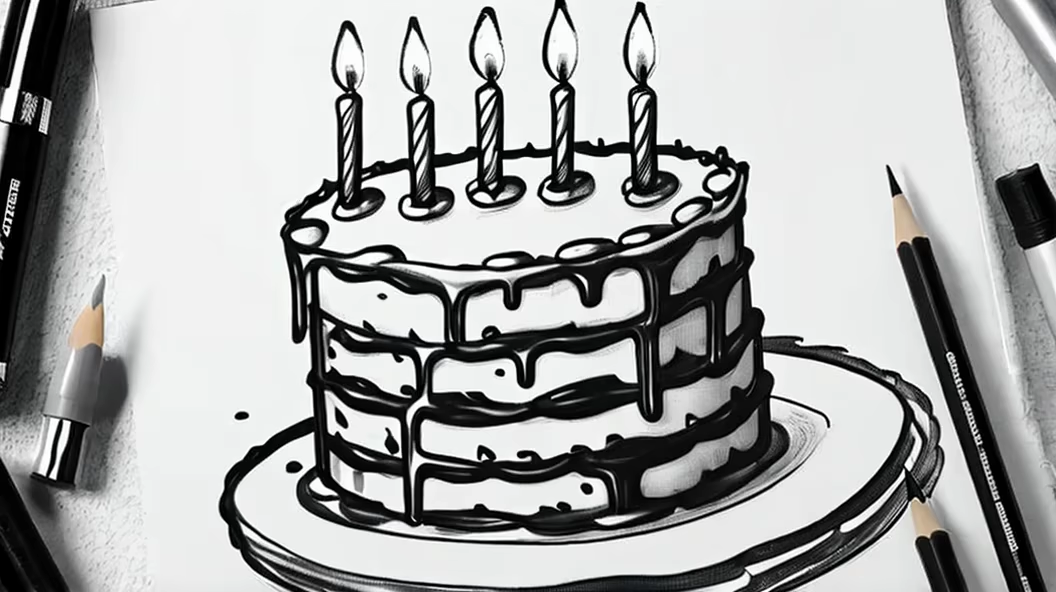
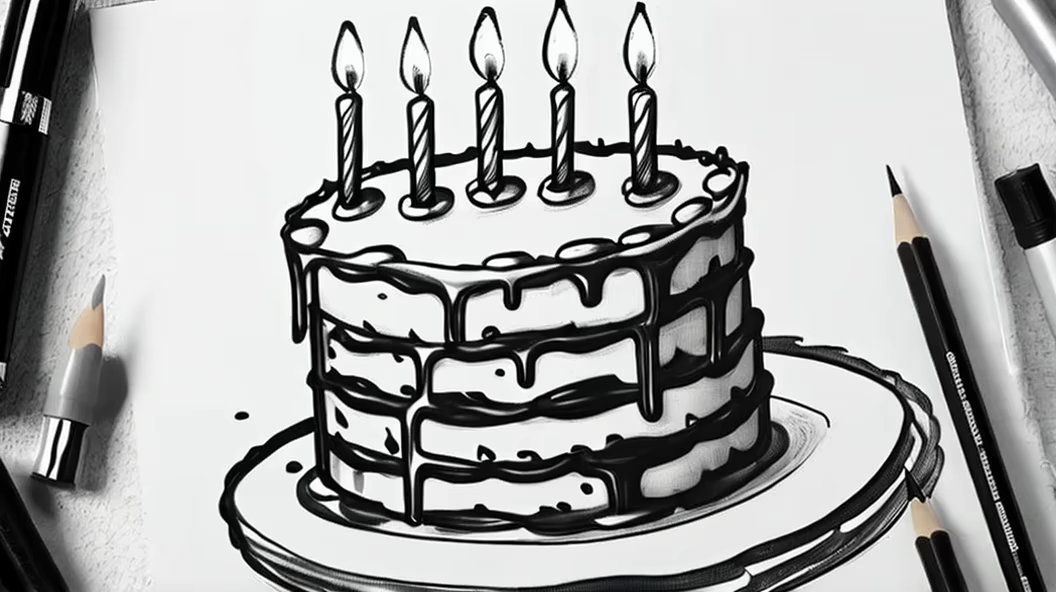
Prompt: Near Future Sci Fi Fighter Jet, Angled Design, Twin Tail, Canard, High Quality, Realistic
Negative: Unrealistic, Dull, Not Interesting, Comic Book, Story Book, Airbrushed, Blurry, Cartoon, Line art, Duplication, Morbid, disfigured, deformed, body out of frame, bad anatomy, gritty
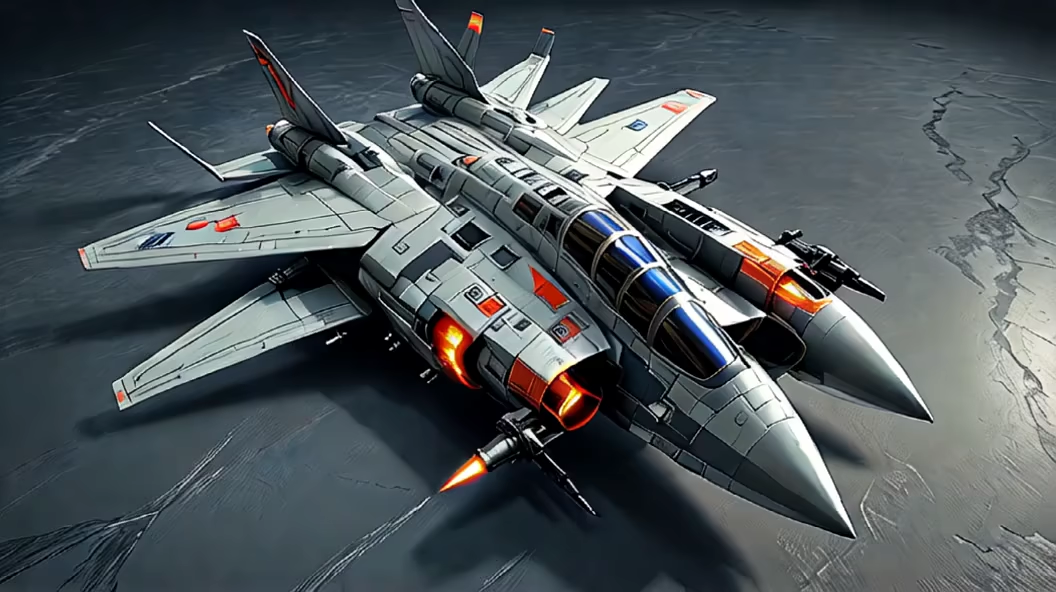
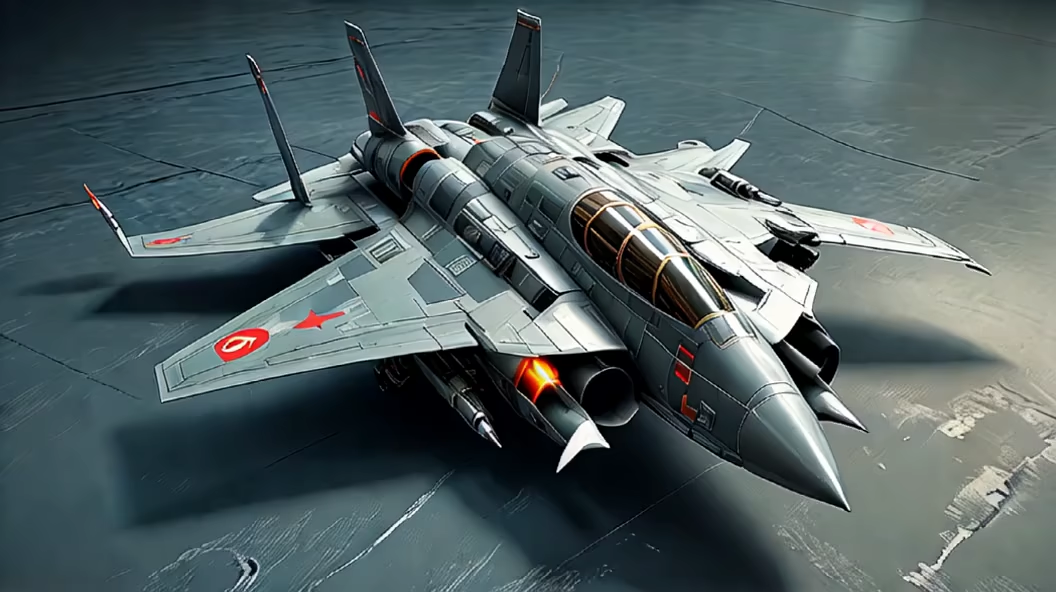
Prompt: Near Future Sci Fi Fighter Jet, Angled Design, Twin Tail, Canard, High Quality, Realistic
Negative: Unrealistic, Dull, Not Interesting, Comic Book, Story Book, Airbrushed, Blurry, Cartoon, Line art, Duplication, Morbid, disfigured, deformed, body out of frame, bad anatomy, gritty


Prompt: Near Future Sci Fi Fighter Jet, Angled Simple Design, Twin Tail, Canard, High Quality, Realistic
Negative: Unrealistic, Dull, Not Interesting, Comic Book, Story Book, Airbrushed, Blurry, Cartoon, Line art, Duplication, Morbid, disfigured, deformed, body out of frame, bad anatomy, gritty
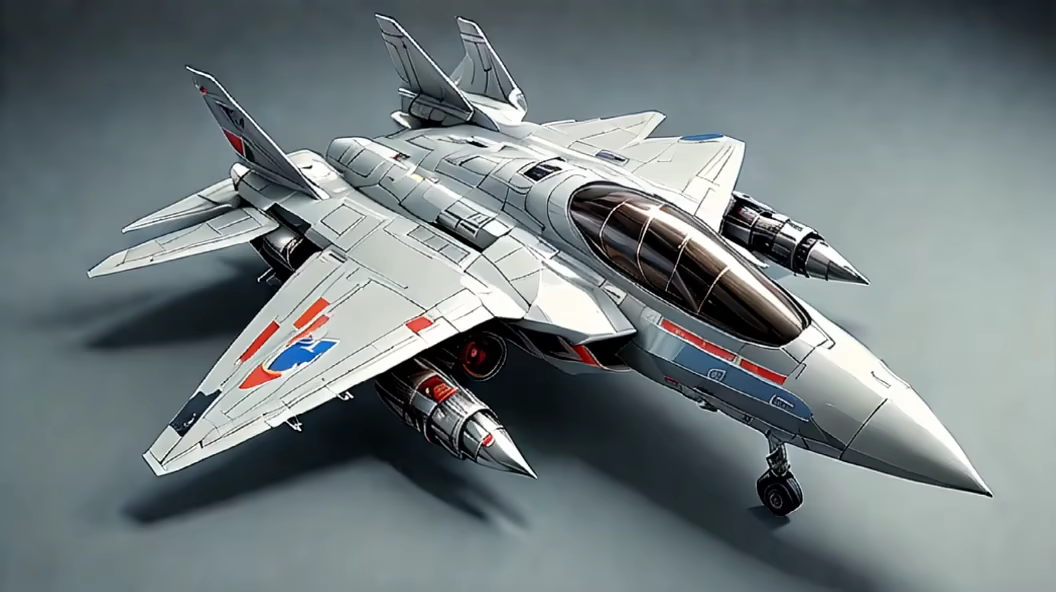


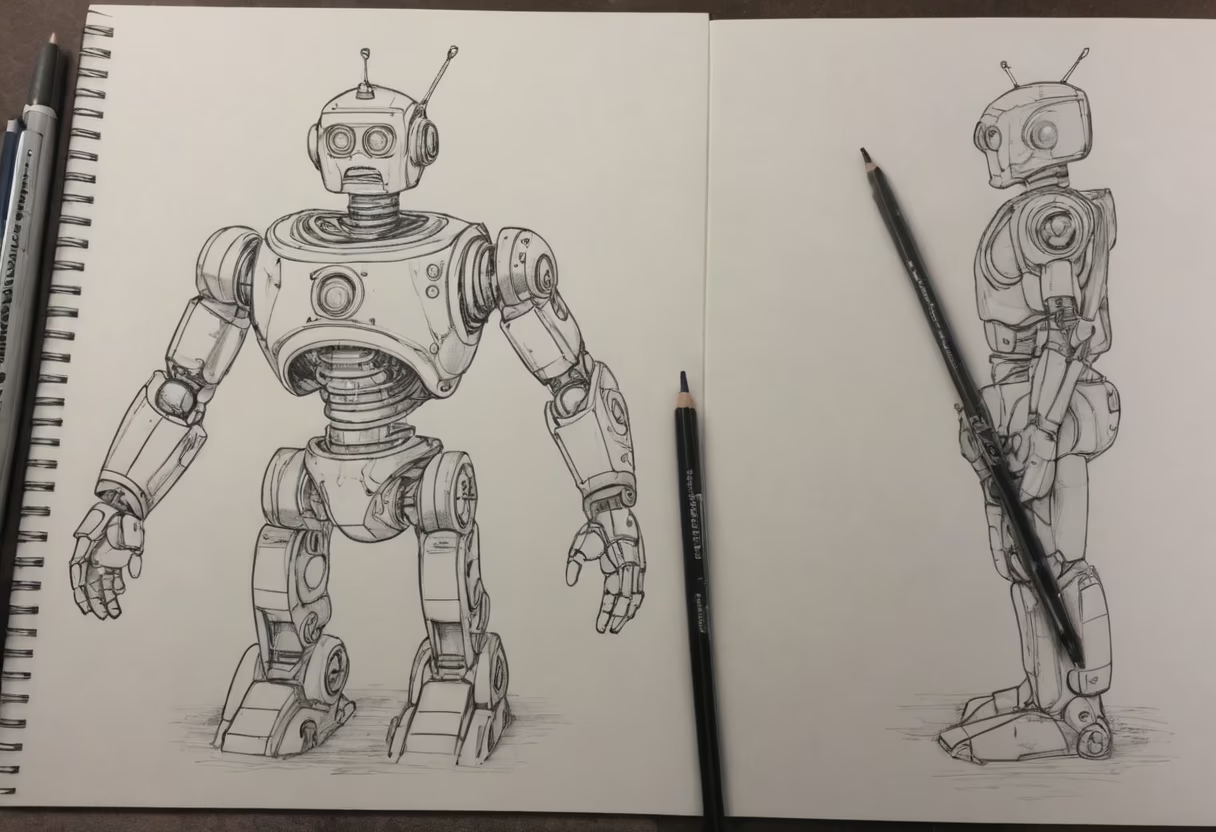
Prompt: Near Future Sci Fi Fighter Jet, Angled Shape, Twin Tail, Canard, High Quality, Realistic
Negative: Unrealistic, Dull, Not Interesting, Comic Book, Story Book, Airbrushed, Blurry, Cartoon, Line art, Duplication, Morbid, disfigured, deformed, body out of frame, bad anatomy, gritty




















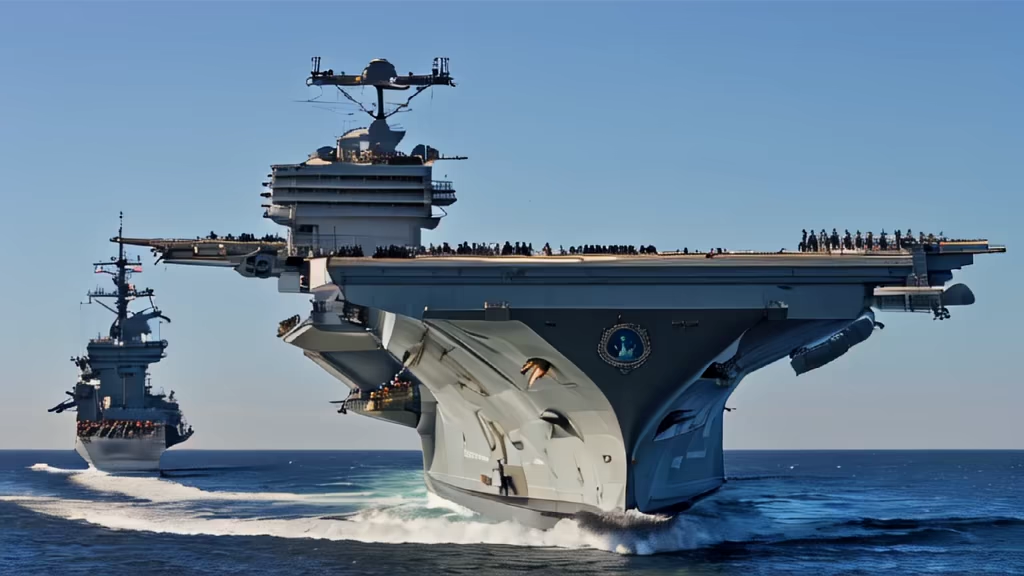
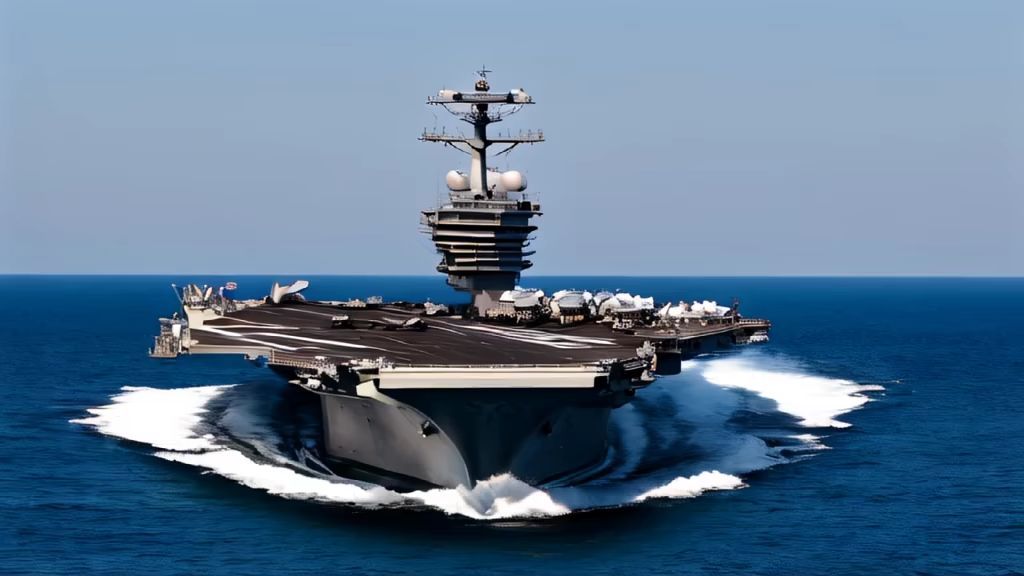
Prompt: https://discord.com/channels/1002292111942635562/1108646783090958336/1194964314415702108
Style: Line Art




Prompt: aline drawing,line art,line work,black and white,\u003clora:animeoutlineV4_16:0.85\u003e
Negative: ((color lump))


Prompt: Near Future Sci Fi Cyberpunk Fighter Plane, High Quality, Concept, Sleek, Thin, Angled
Negative: Unrealistic, Dull, Comic Book, Story Book, Airbrushed, Blurry, Cartoon, Line art, Duplication, Morbid
